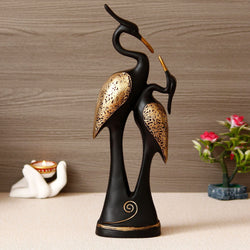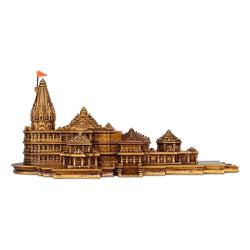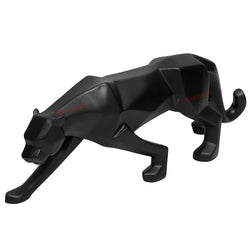Known for its sheer texture, delicate drape, and subtle sheen, this textile has been adorning wardrobes for centuries, carrying with it the stories of artisans and the heritage of a small town in Madhya Pradesh.
A Legacy Woven Through Centuries
The Chanderi weaving tradition dates back as far as the 11th century, flourishing under royal patronage and later gaining prominence during the Mughal era. The craft takes its name from the town of Chanderi, a historic hub for handloom weaving.
A typical Chanderi dupatta is made from silk, cotton, or a blend of the two, often embellished with buttis (delicate motifs) and zari borders. The magic lies in its construction — fine, non-degummed yarns give the fabric a natural translucency and lightweight feel, achieved without compromising strength.
This skill, passed down through generations, is recognized today under India’s Geographical Indication (GI) system, protecting the authenticity of the craft and the livelihoods of the artisans who keep it alive.
Sustainability Woven In
One of the most compelling aspects of the Chanderi dupatta is its inherent eco-consciousness:
-
Low Carbon Footprint – Woven on handlooms, Chanderi avoids the heavy energy use of mechanized textile production.
-
Natural Fibers – The silk and cotton used are biodegradable, making the fabric kinder to the planet.
-
Slow Fashion Ethos – A well-crafted Chanderi dupatta is timeless, designed to last for years and reduce the culture of disposable fashion.
-
Artisan Support – Every piece sustains rural livelihoods in and around Chanderi, keeping craft-based economies alive.
Increasingly, some weavers are adopting natural dyes and sustainable sourcing practices, further reducing the environmental impact and appealing to eco-conscious buyers.
Why Chanderi Matters in Today’s Fashion
Each piece is a slow, deliberate creation — a far cry from mass-produced textiles.
It also carries a certain versatility. Whether paired with a silk kurta for festive wear or layered over a simple cotton dress for a contemporary twist, the Chanderi dupatta bridges tradition and modernity beautifully.
Explore Sustainable Chanderi Picks from Taragram
Here are four beautiful, eco-conscious Chanderi dupattas from Taragram that reflect tradition, artistry, and sustainability:
Chanderi Hand Block Printed Dupatta
A delicate cotton-silk blend with hand-block floral prints and zari hints. Lightweight and versatile.
Chanderi Hand Block Printed Dupatta (Alternate)
Infused with Bagru-style block prints, with subtle zari at the edges—perfect for festive and casual styling.
Chanderi Hand‑Block Printed Kalamkari Dupatta
Rich Kalamkari motifs on a crisp Chanderi base—an artistic and eco-conscious choice for traditional elegance.
Chanderi Embroidery Dupatta
Hand-embroidered with Sindhi and Soof motifs, accentuated with mirror work—ideal for heirloom-worthy grace.
Challenges in the Loom
Like many heritage crafts, Chanderi weaving faces threats:
-
Cheaper power loom imitations undermine the market for authentic handlooms.
-
Younger generations often move away from weaving due to limited income opportunities.
-
Without design innovation, demand can wane in modern markets.
Yet, there’s hope. Design collaborations, government exhibitions, and brands championing ethical fashion are helping Chanderi find new admirers, both in India and abroad.
Choosing Chanderi, Choosing Sustainability
When you buy an authentic Chanderi dupatta, you aren’t just investing in a garment — you’re investing in:
-
The preservation of an age-old weaving tradition.
-
A fair livelihood for artisans.
-
A planet-friendly fashion choice.
It’s an heirloom-worthy piece that carries elegance, culture, and consciousness in every thread.
Sustainably yours, since 1985.





